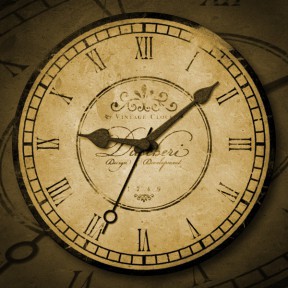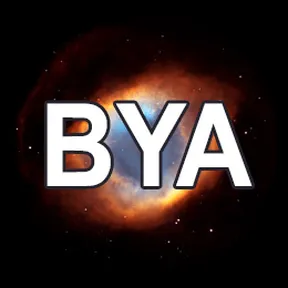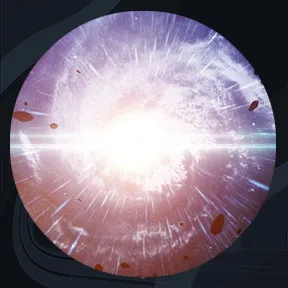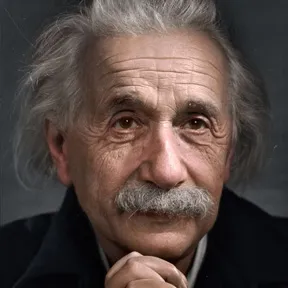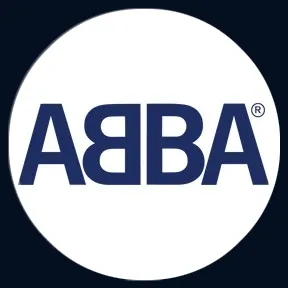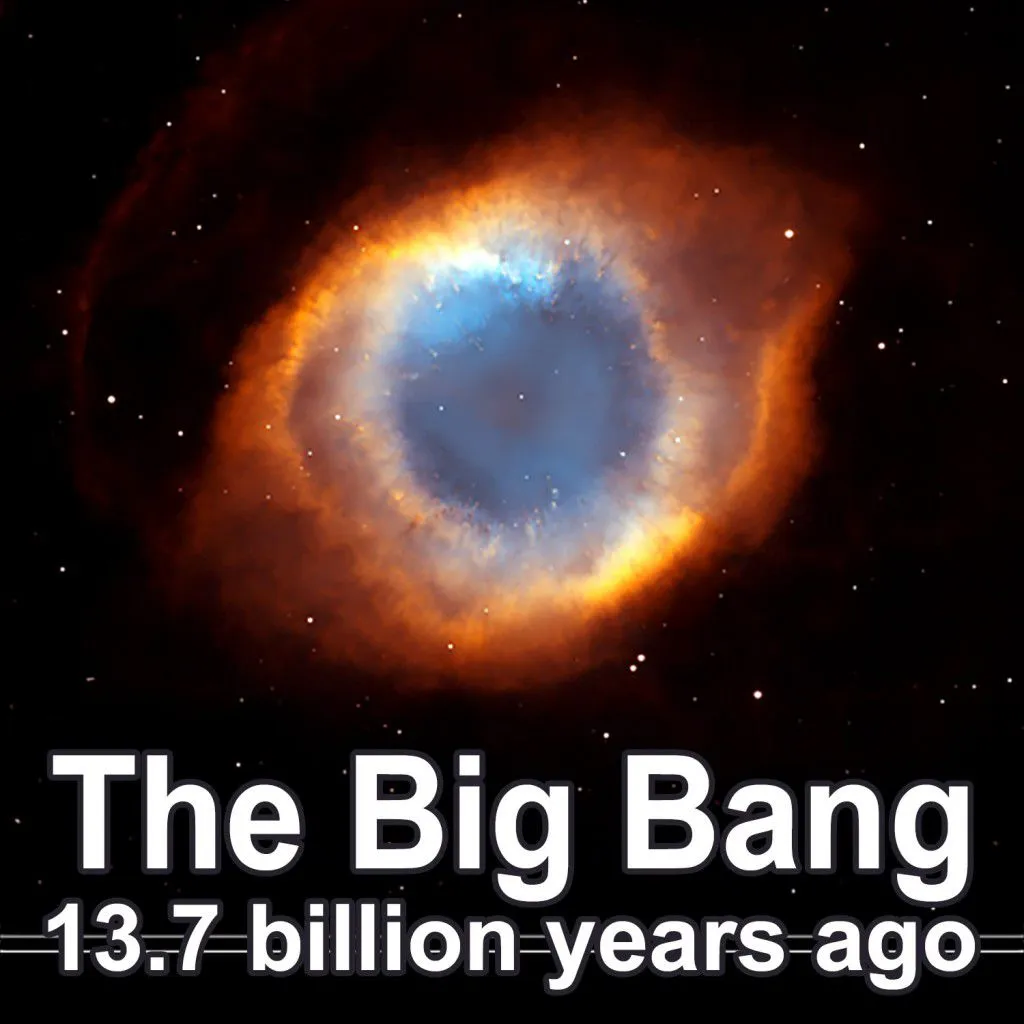
The Big Bang
The Big Bang is the cosmological model of the universe whose primary assertion is that the universe has expanded into its current state from a primordial condition of enormous density and temperature.
The term is also used in a narrower sense to describe the fundamental "fireball" that erupted at or close to an initial timepoint in the history of our observed spacetime.
THEORETICAL SUPPORT
Theoretical support for the Big Bang comes from mathematical models, called Friedmann models. These models show that a Big Bang is consistent with general relativity and with the cosmological principle, which states that the properties of the universe should be independent of position or orientation.
Observational evidence for the Big Bang includes the analysis of the spectrum of light from galaxies, which reveal a shift towards longer wavelengths proportional to each galaxy's distance in a relationship described by Hubble's law.
Combined with the assumption that observers located anywhere in the universe would make similar observations (the Copernican principle), this suggests that space itself is expanding.
BACKGROUND RADIATION
The next most important observational evidence was the discovery of cosmic microwave background radiation in 1964. This had been predicted as a relic from when hot ionized plasma of the early universe first cooled sufficiently to form neutral hydrogen and allow space to become transparent to light, and its discovery led to general acceptance among physicists that the Big Bang is the best model for the origin and evolution of the universe.
A third important line of evidence is the relative proportion of light elements in the universe, which is a close match to predictions for the formation of light elements in the first minutes of the universe, according to Big Bang nucleosynthesis.
EXPANDING UNIVERSE
The Big Bang theory developed from observations of the structure of the universe and from theoretical considerations.
In 1912 Vesto Slipher measured the first Doppler shift of a "spiral nebula" (spiral nebula is the obsolete term for spiral galaxies), and soon discovered that almost all such nebulae were receding from Earth. He did not grasp the cosmological implications of this fact, and indeed at the time it was highly controversial whether or not these nebulae were "island universes" outside our Milky Way.
Ten years later, Alexander Friedmann, a Russian cosmologist and mathematician, derived the Friedmann equations from Albert Einstein's equations of general relativity, showing that the universe might be expanding in contrast to the static universe model advocated by Einstein.
EDWIN HUBBLE
In 1924, Edwin Hubble's measurement of the great distance to the nearest spiral nebulae showed that these systems were indeed other galaxies. Independently deriving Friedmann's equations in 1927, Georges Lemaître, a Belgian Roman Catholic priest, predicted that the recession of the nebulae was due to the expansion of the universe.
In 1931 Lemaître went further and suggested that the universe began as a simple "primeval atom", perhaps echoing previous speculations about the cosmic egg origin of the universe.
Starting in 1924, Edwin Hubble painstakingly developed a series of distance indicators, the forerunner of the cosmic distance ladder, using the 100 inch Hooker telescope at Mount Wilson Observatory. This allowed him to estimate distances to galaxies whose redshifts had already been measured, mostly by Slipher.
In 1929, Hubble discovered a correlation between distance and recession velocity, now known as Hubble's law. Lemaître had already shown that this was expected, given the cosmological principle.
During the 1930s other ideas were proposed as non-standard cosmologies to explain Hubble's observations, including the Milne model, the oscillatory universe (originally suggested by Friedmann, but advocated by Einstein and Richard Tolman) and Fritz Zwicky's tired light hypothesis.
ACCELERATING UNIVERSE
Huge strides in Big Bang cosmology have been made since the late 1990s as a result of major advances in telescope technology as well as the analysis of copious data from satellites such as COBE, the Hubble Space Telescope and WMAP.
Cosmologists now have fairly precise measurement of many of the parameters of the Big Bang model, and have made the unexpected discovery that the expansion of the universe appears to be accelerating.
